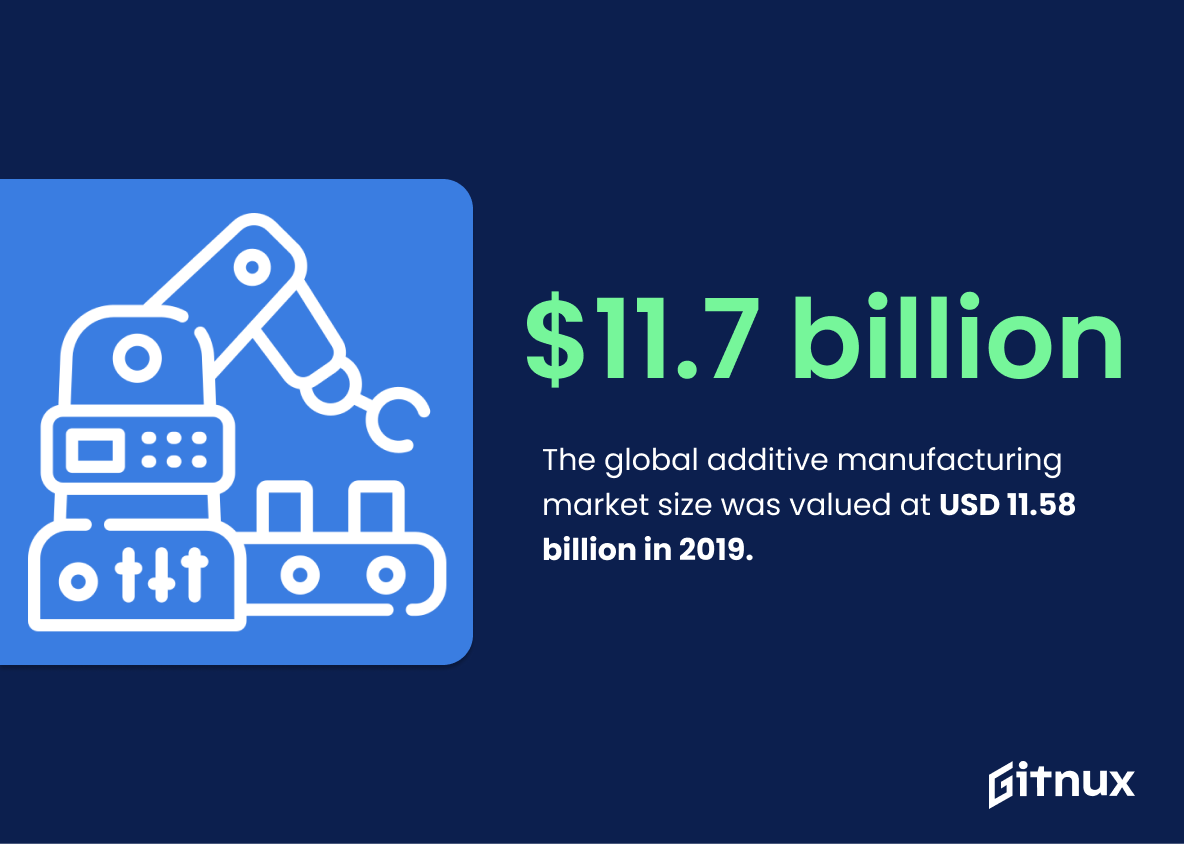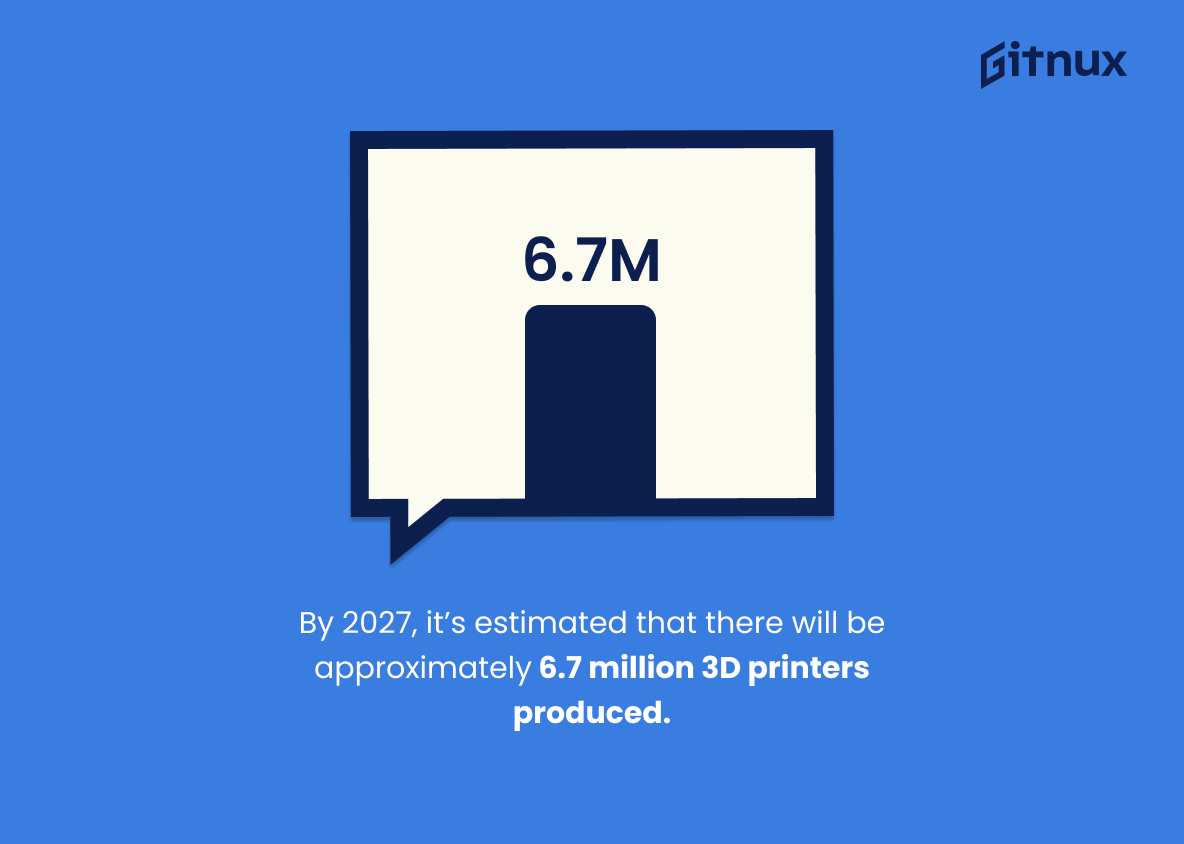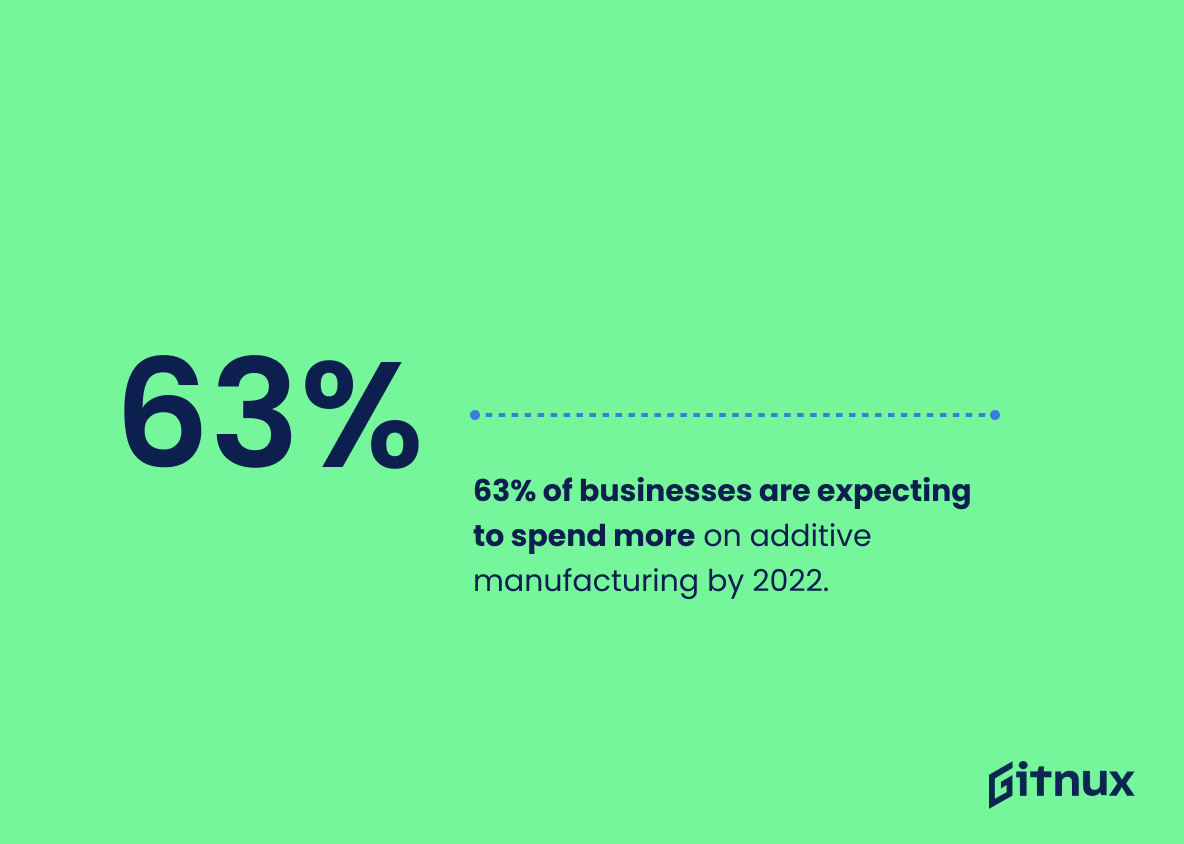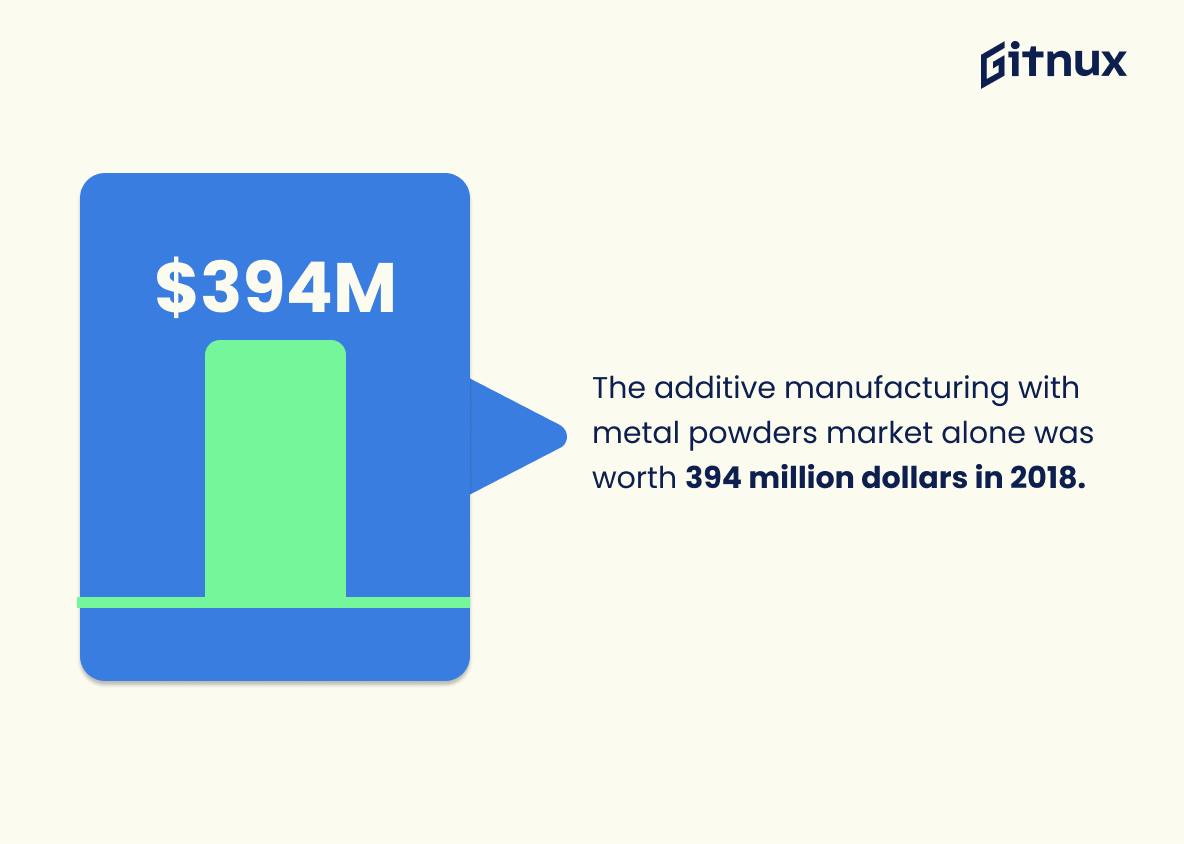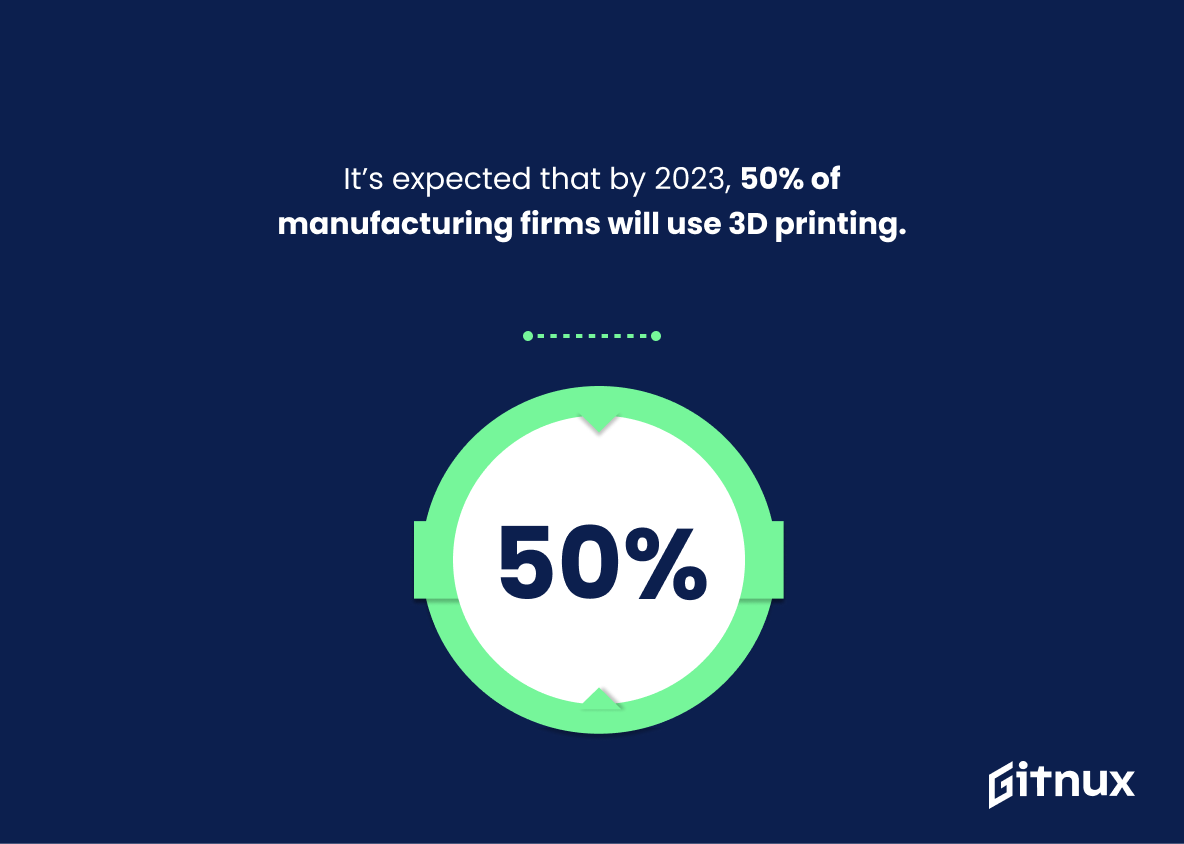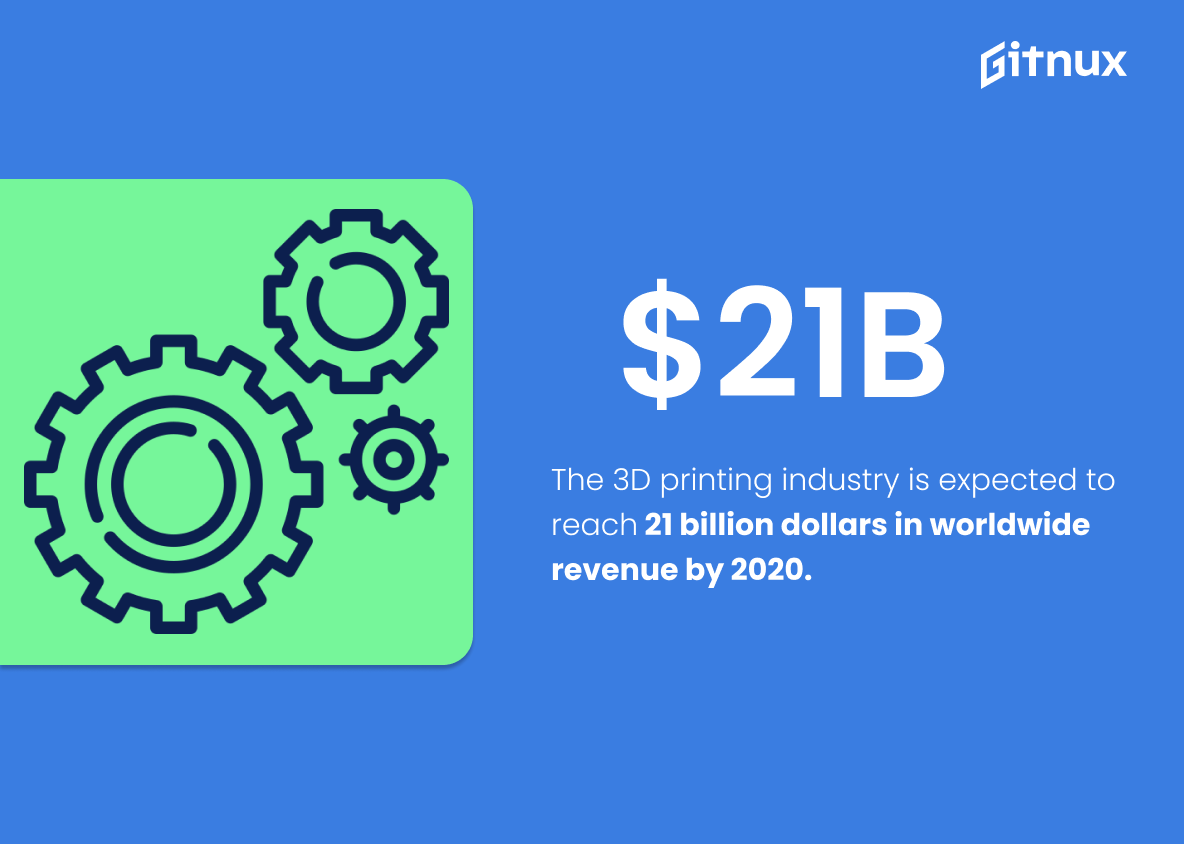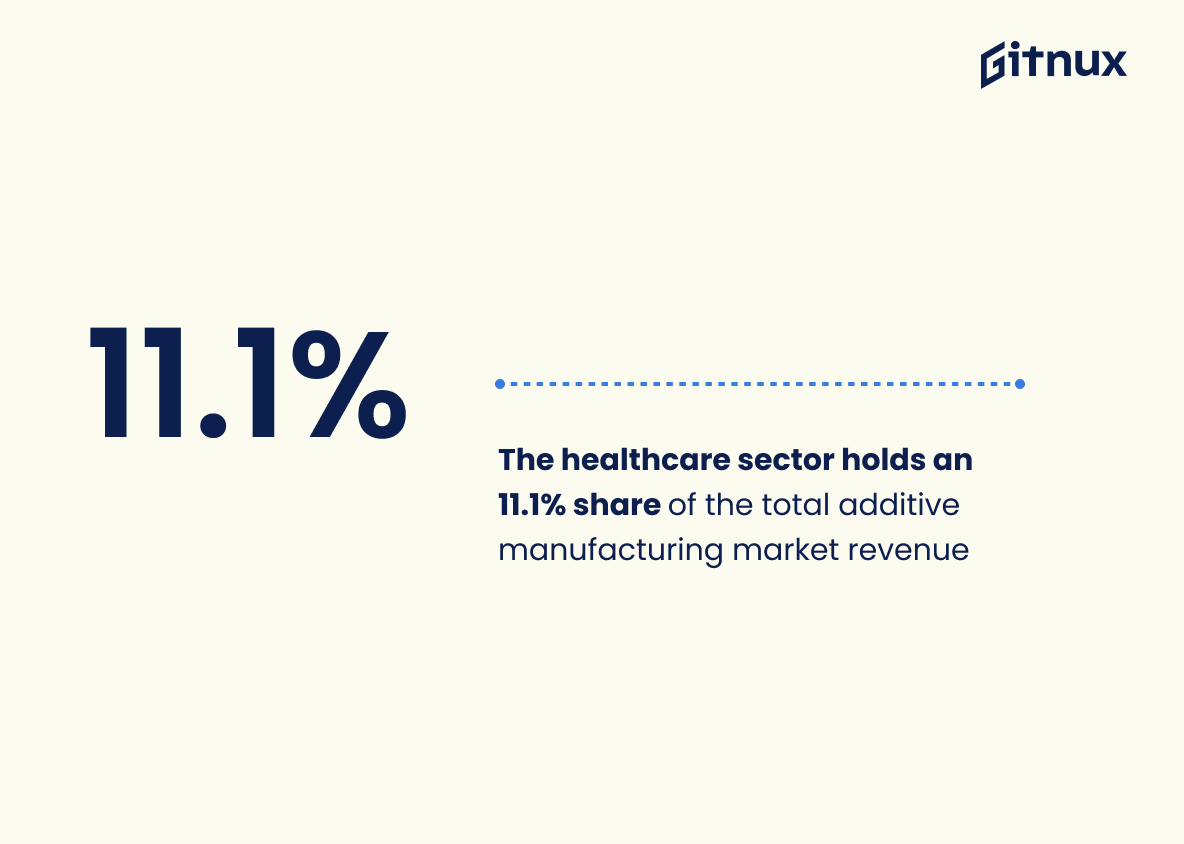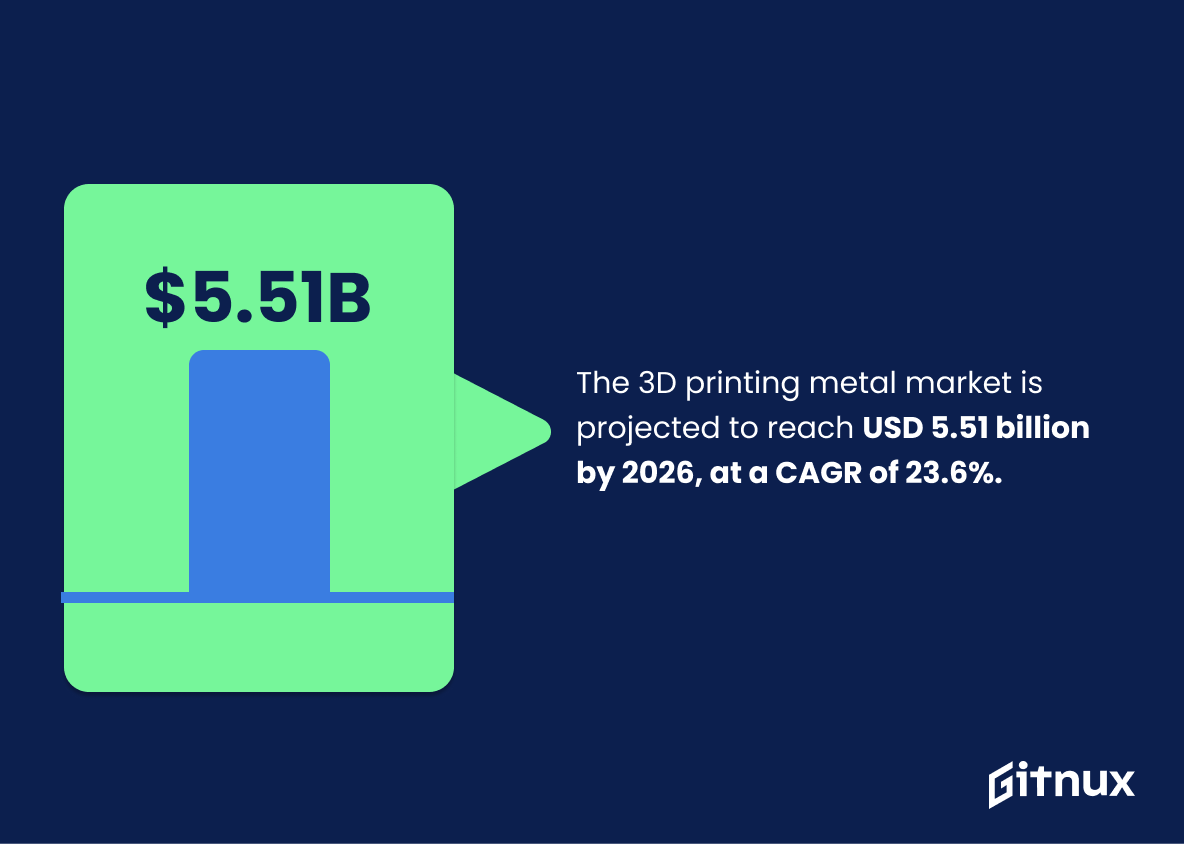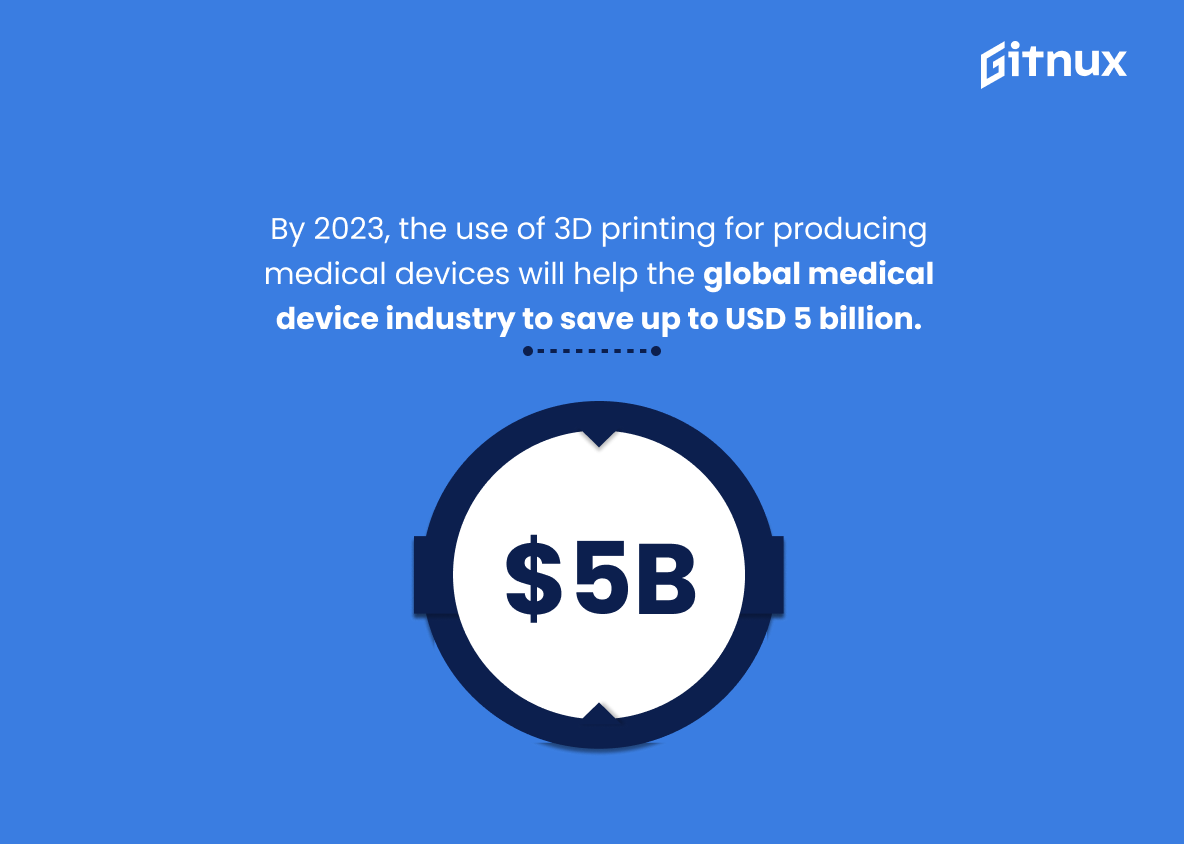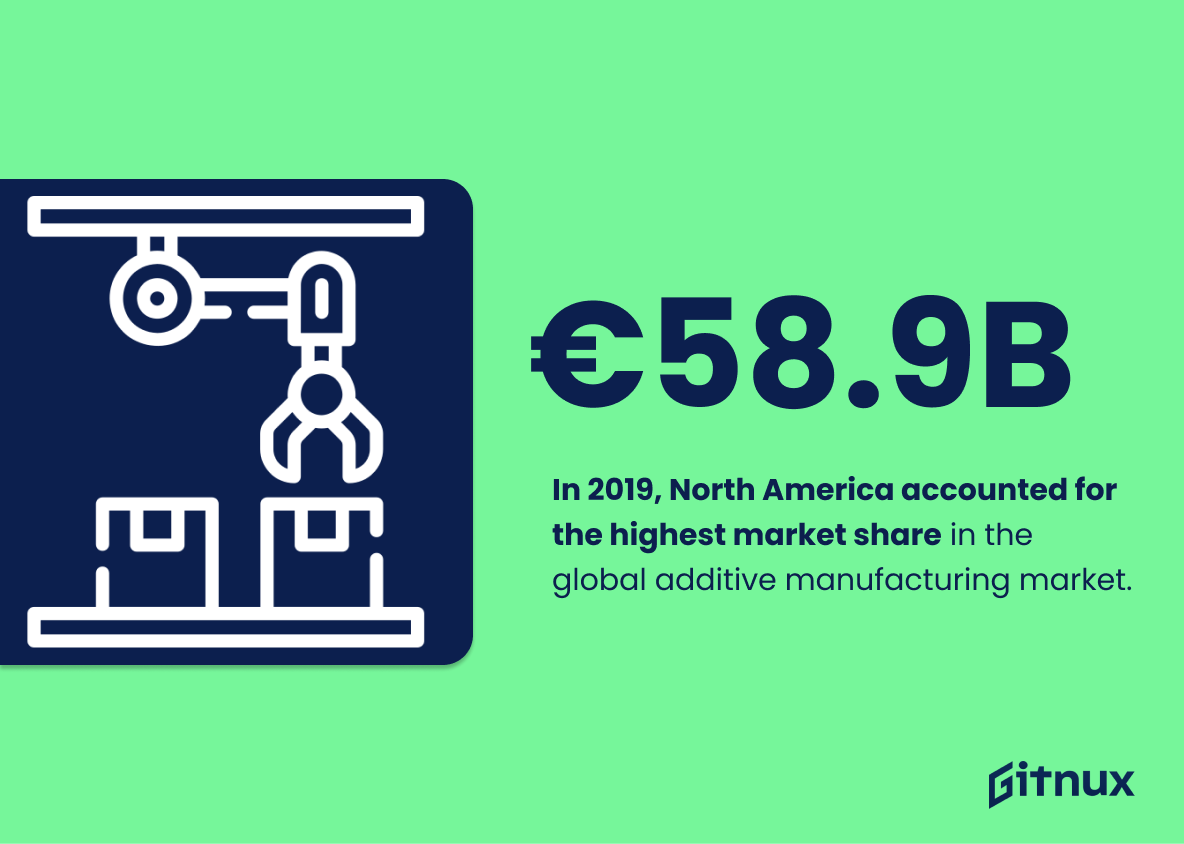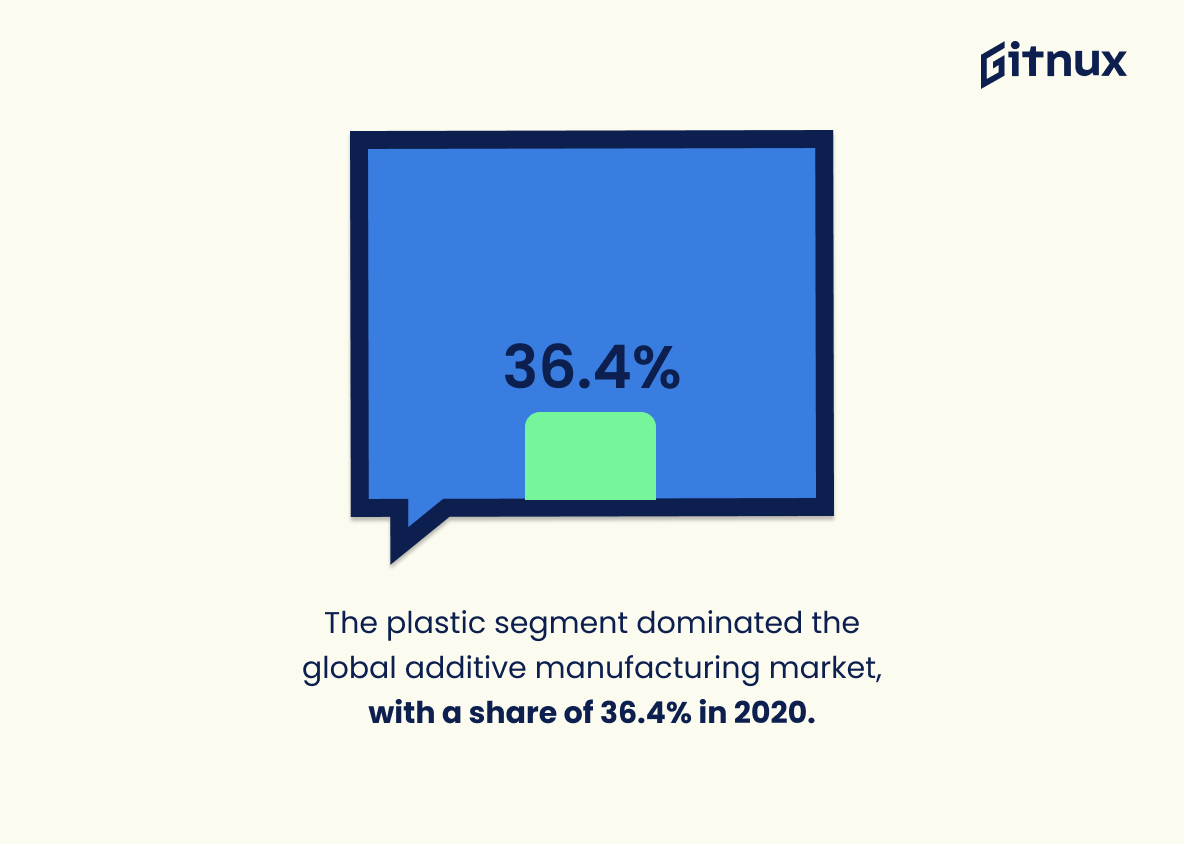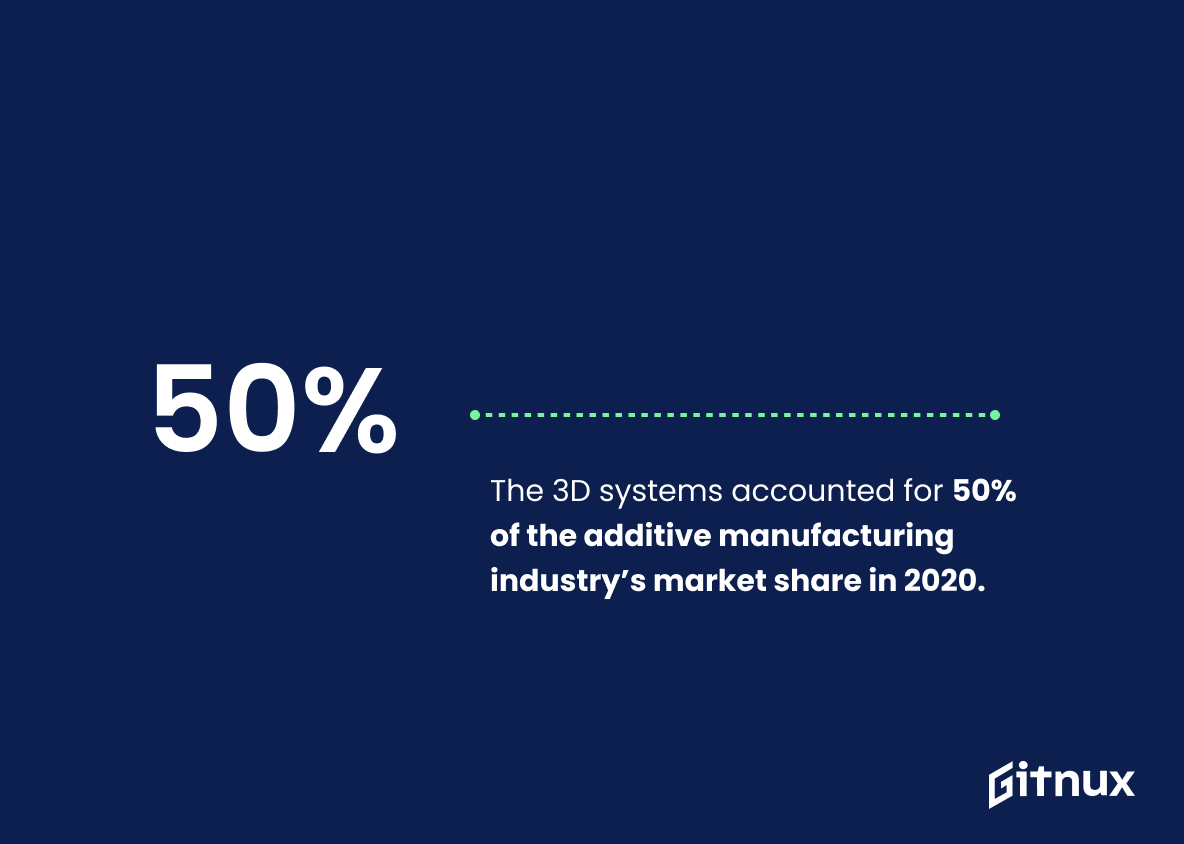Navigating the dynamic world of the Additive Manufacturing Industry might seem like walking through a labyrinth especially without access to accurate and reliable data. Statistics are critical to understanding the trends, growth, and disruptions striking this sector. Thus, our blog post aims to plunge deep into the realm of Additive Manufacturing, unearthing significant industry statistics. You’ll gain insights into market size, growth prospects, key players, and an array of sectors that additive manufacturing touches: from aerospace to healthcare, and beyond.
Whether you are a seasoned professional in the industry, an investor eyeing new opportunities, or just a curious reader, these statistics will equip you to grasp the intricate framework of the additive manufacturing industry. Let’s embark on this data-driven journey together, and decode the patterns and numbers to comprehend the direction that the Additive Manufacturing Industry is taking.
The Latest Additive Manufacturing Industry Statistics Unveiled
The global additive manufacturing market size was valued at USD 11.58 billion in 2019.
Grasping the value of the global additive manufacturing market at USD 11.58 billion in 2019 dramatically spotlights the economic magnitude of this blossoming industry. Such a substantial figure provides a quantitative baseline demonstrating the formidable role this field plays in the global economy, laying a solid groundwork for understanding trends, growth potentials, and challenges within the industry.
This concrete number, far from being a dry fact, stirs to life the intriguing story of the industry’s commercial reach, serving as a launchpad for deeper exploration of additive manufacturing industry statistics throughout the blog post.
By 2027, it’s estimated that there will be approximately 6.7 million 3D printers produced.
Taking a glimpse into the future of the Additive Manufacturing Industry, the projected production of 6.7 million 3D printers by 2027 embodies a revolutionary forecast. It not only underscores the increasing recognition of 3D printing’s efficiency, but also signals its integrative transformation from a niche sector to an industrial game changer.
Crafting layers of innovation, this colossal figure essentially stages an exponential curve of growth that the industry is poised to experience, making it a vital reference point in comprehending the dynamics, direction, and disruptive potential of the additive manufacturing landscape.
63% of businesses are expecting to spend more than 5% of their manufacturing costs on additive manufacturing by 2022.
The inclusion of the statistic “63% of businesses are expecting to spend more than 5% of their manufacturing costs on additive manufacturing by 2022” elevates the discussion in a blog post about Additive Manufacturing Industry Statistics. It punctuates the rising trend and burgeoning importance of additive manufacturing in modern industry. This figure spotlights the increasing acceptance and adoption of this technology by businesses, implying a future surge in demand, which in turn, encourages innovation, research, and development in the field.
This wave of attention could drive significant advancements in efficiency, cost-saving, and customization, therefore transforming the landscape of manufacturing itself. Overall, this statistic serves as a clarion call to stakeholders within and outside the industry to pay attention to this evolving trend and possibly redirect their strategies and investments accordingly.
Asia-Pacific is expected to exhibit the highest growth rate in the additive manufacturing market due to the increasing adoption of this technology in various industries such as automotive, dental, medical, and aerospace & defense.
Delving into this captivating piece of data propels us on a fascinating trajectory. It catapults us into the very epicenter of the burgeoning Additive Manufacturing Industry in the Asia-Pacific region. It serves as a tangible testament to the region’s impressive leaps in industrial innovation, particularly in sectors as diverse as automotive, dental, medical, and aerospace & defense.
This growth narrative is not merely about numbers and percentages, it’s fundamentally about unfolding narratives of progress, of a region rapidly absorbing the transformative impacts of additive manufacturing technology. In the grander scheme of blogging about Additive Manufacturing Industry Statistics, this data point proves pivotal, magnifying Asia-Pacific’s growing stature as a hotbed of industry-leading advancements and a frenetic hot spot of additive manufacturing evolution.
The additive manufacturing with metal powders market alone was worth approximately 394 million dollars in 2018.
Grasping the monetary value of the additive manufacturing with metal powders market, particularly its substantial worth of around 394 million dollars in 2018, offers rigidity to the argument on the economic impact of this industry within the blog post. This eye-catching figure highlights the lucrative potential and robust growth in the sector. Essentially, it serves as a numerical testament to the stature and capitally stimulating influence of additive manufacturing, thereby concluding towards its palpable importance in the overall manufacturing sector.
It’s expected that by 2023, 50% of manufacturing firms will use 3D printing to produce parts for their operations.
Highlighting this impressive expectation provides a dynamic backdrop for the rapid evolution of the additive manufacturing industry. With a prediction that, by 2023, half of manufacturing firms will harness the power of 3D printing in their operations, we are on the precipice of a paradigm shift in manufacturing.
This paints the picture not only of an industry on the rise, but also presents a clear indication for businesses to start integrating these technologies, or run the risk of being left behind. Furthermore, it infers potential market growth, innovation opportunities and a tremendous impact on traditional manufacturing methods. All these aspects underscores the importance of being informed and prepared for this imminent revolution in manufacturing.
The 3D printing industry is expected to reach 21 billion dollars in worldwide revenue by 2020.
Envisioning the future of the Additive Manufacturing Industry, where the staggering anticipation of the 3D printing sector amassing $21 billion in worldwide revenue by 2020, cannot be overstated. This bold projection signifies not just the affordability and accessibility of 3D printing technology, but also reflects its impressively broad-based adoption across industries.
The thrilling revelation prompts us to investigate the transformative potential of additive manufacturing, providing more than just a glimpse into its rapid spreading influence. This statistic warrants profound attention, signaling the precipitous growth, expanding utility and widespread acceptance of 3D printing as an imperative force shaping the modern manufacturing landscape.
Aerospace & Defense is projected to account for the largest share in the additive manufacturing market due to the high demand for advanced 3D printing materials.
Highlighting this projected prominence of the Aerospace & Defense sector within the Additive Manufacturing market offers a comprehensive vision of potential trends and underscores an industry under metamorphosis. As this sector is poised to claim the lion’s share, it signifies two parallel narratives; one, of the Aerospace & Defense industry’s growing reliance on innovative 3D printing materials, and another of Additive Manufacturing potentially morphing into a veritable gold mine for those who supply these materials.
This trajectory, thus, serves as a compass steering the market focus towards this dominant sector. For businesses and enthusiasts alike, it underscores where the treasure trove might lie within the Additive Manufacturing landscape. If leveraged rightly, this enlightening statistic could foretell where resources might be best invested for optimal returns.
The healthcare sector holds an 11.1% share of the total additive manufacturing market revenue, with prosthetics, implants, and surgical equipment being the principal applications.
Highlighting the healthcare sector’s 11.1% stake in the total additive manufacturing market underscores the significant role the industry plays in this booming sector. It draws attention to the growing symbiosis between healthcare and advanced manufacturing technologies, especially in the pivotal applications of prosthetics, implants, and surgical equipment.
By identifying, quantifying, and spotlighting this specific market share, we gain richer insights into where and how the additive manufacturing capacities are being most effectively utilized. Furthermore, it provides a glimpse of future opportunities where both fields can collaborate and thrive, hence making this dimension of analysis invaluable to our comprehensive understanding of the additive manufacturing industry landscape.
The 3D printing metal market is projected to reach USD 5.51 billion by 2026, at a CAGR of 23.6%.
Emphasizing the soaring heights expected by the 3D printing metal market, it is forecast to amass a staggering USD 5.51 billion by 2026, demonstrating a CAGR of 23.6%. Interpreted through the lens of additive manufacturing industry statistics, this growth projection offers a testament to the growing prevalence and adoption of additive manufacturing techniques.
Specifically, the bullish performance of the 3D printing metal market highlights the emerging trend of using these advanced techniques in different industry verticals, from aerospace to healthcare, that seek precision, cost-effectiveness, and efficiency; a paradigm shift enabling infinite possibilities in design flexibility and freedom. Through this statistic, we can unveil the impact of this metamorphic technology on future manufacturing avenues and its potential financial viability, suggesting an invigorating future for both manufacturers and investors navigating the additive manufacturing landscape.
By 2023, the use of 3D printing for producing medical devices will help the global medical device industry to save up to USD 5 billion.
That USD 5 billion forecast can’t just be dismissed as a simple statistic; it signifies a monetary revolution in medical device production, demonstrating the power of the additive manufacturing industry. This colossal figure showcases how 3D printing, a stellar innovation in this industry, could bring about substantial cost reductions for medical enterprises across the globe.
By projecting the potential savings into billions, it paints a compelling picture of the magnitude of financial advantage that could come to fruition by 2023. It, therefore, adds weighty significance to the blog post, emphasizing how increasingly viable, efficient, and cost-effective 3D printing technology has become in the field of additive manufacturing, particularly for creating complex and customized medical devices.
In 2019, the North American region accounted for the highest market share in the global additive manufacturing market.
Highlighting the fact that North America stood at the forefront of the global additive manufacturing market in 2019 paints a captivating picture for our readers. It not only underlines the innovation drive present within the region but also emphasizes North America’s leading role in advanced manufacturing technologies. This data point signals the growing trend towards additive manufacturing, indicating potential growth prospects and investment opportunities in the region.
Moreover, it raises intriguing questions about the factors fuelling this significant market share, whether it’s the regional infrastructure, government policies or a well-spring of entrepreneurial activity. Hence, exploring this global leadership in additive manufacturing provides exciting considerations for industry trends, region-specific advantages, and future market evolution.
By materials, the plastic segment dominated the global additive manufacturing market, with a revenue share of over 36.4% in 2020.
The spotlight in the global additive manufacturing market unmistakably shines on the plastic segment. Unraveling its reigning presence, it staked its claim with an impressive revenue share of over 36.4% in 2020. This remarkably underscores plastic’s dominant role and influence in additive manufacturing, setting the tone for market expectations. Its prime position in these industrial realms underlines the market’s trajectory and promises engaging insights that could help stakeholders steer their strategies effectively in this evolving landscape of additive manufacturing.
The 3D systems, Stratasys Ltd, EOS GmbH, and SLM Solutions accounted for 50% of the additive manufacturing industry’s market share in 2020.
Envision this – the additive manufacturing industry, an ocean of innovation, brimming with a multitude of companies. In 2020, however, three giants rose above the waves, carving out 50% of the market just for themselves. These behemoths, namely, 3D systems, Stratasys Ltd, EOS GmbH, and SLM Solutions became the lighthouses that illuminated the industry pathway.
In our quest to understand the industry, this statistic serves as an insightful guide. It crafts a narrative of dominance exerted by these companies, perhaps indicative of their technological prowess, efficient strategies, or superior offerings. Their substantial market share signals their influential role in shaping industry trends, setting standards and steering the direction of the additive manufacturing’s future.
Furthermore, this serves as a nod of trust from consumers, a testament to their faith in these companies’ products and services. For upcoming businesses and investors, this statistic functions as an essential radar, flagging areas of concentration and competition within the industry.
Delving deeper into this figure can also uncover the diversity of the market itself. The remaining 50% of market share represents a plethora of smaller companies, scrappy startups, and innovative enterprises, an insight that speaks volumes about the immense opportunities and potential that lie within the additive manufacturing industry.
Conclusion
The additive manufacturing industry shows no signs of slowing down and its lucrative growth potential is positively undeniable. The statistics clearly prove the industry’s growing influence in providing innovative solutions that catapult efficiency, drive sustainability, and boost profitability.
From large-scale industries to small enterprises, this technology continues to revolutionize business operations. Keeping up-to-date with additive manufacturing industry statistics is not just necessary, but it’s essential to understanding this driving force behind the future of production.
References
0. – https://www.www.arizton.com
1. – https://www.www.techrepublic.com
2. – https://www.www.marketsandmarkets.com
3. – https://www.www.forbes.com
4. – https://www.www.strategyr.com
5. – https://www.www.emergenresearch.com
6. – https://www.www.gartner.com
7. – https://www.www.grandviewresearch.com
8. – https://www.www.statista.com
9. – https://www.www.globenewswire.com
10. – https://www.www.alliedmarketresearch.com
11. – https://www.www.fortunebusinessinsights.com
